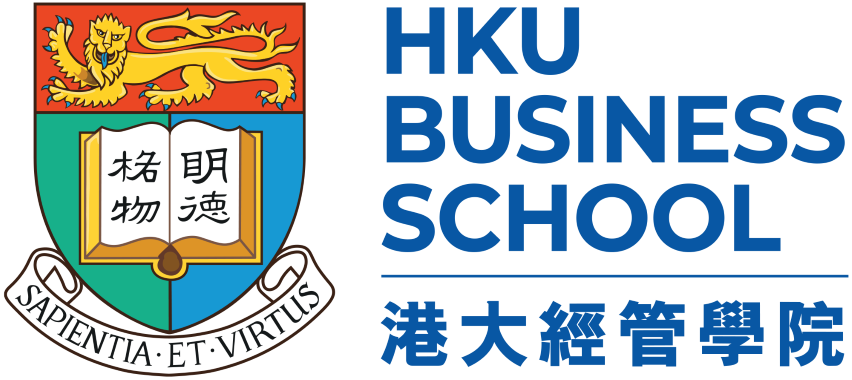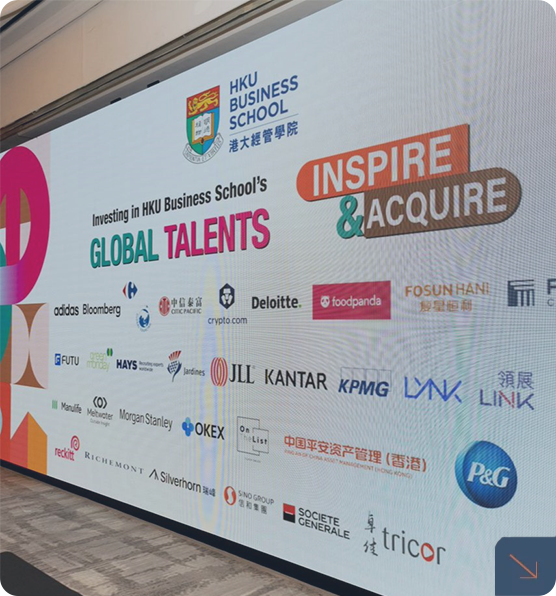“The Value of Customer-Related Information on Service Platforms: Evidence From a Large Field Experiment” by Dr. Hengchen Dai
Speaker:
Dr. Hengchen Dai
Assistant Professor of Management and Organizations and Behavioral Decision Making
UCLA
Abstract:
As digitization enables service platforms to access users’ information, important questions arise about how digital service platforms should disseminate information to improve service capacity and enjoyment. We examine a strategy that involves providing customer-related information to individual service providers at the beginning of a service encounter. We causally evaluate this strategy via a field experiment on a large live-streaming platform that connects viewers and individual broadcasters. When viewers entered shows, we provided viewer-related information to broadcasters who were randomly assigned to the treatment condition (but not to control broadcasters). Our analysis, involving a subsample of 49,998 broadcasters, demonstrates that relative to control broadcasters, treatment broadcasters expanded service capacity by 12.62% by increasing both show frequency (3.31%) and show length (7.10%), thus earning 10.44% more based on our conservative estimate. Moreover, our intervention increased service enjoyment (measured by viewer watch time) by 4.51%. Two surveys and additional analyses provide evidence for two mechanisms and rule out several alternative explanations. Our low-cost, information-based intervention has important implications for digital service platforms that have little control over service providers’ work schedules and service quality.





